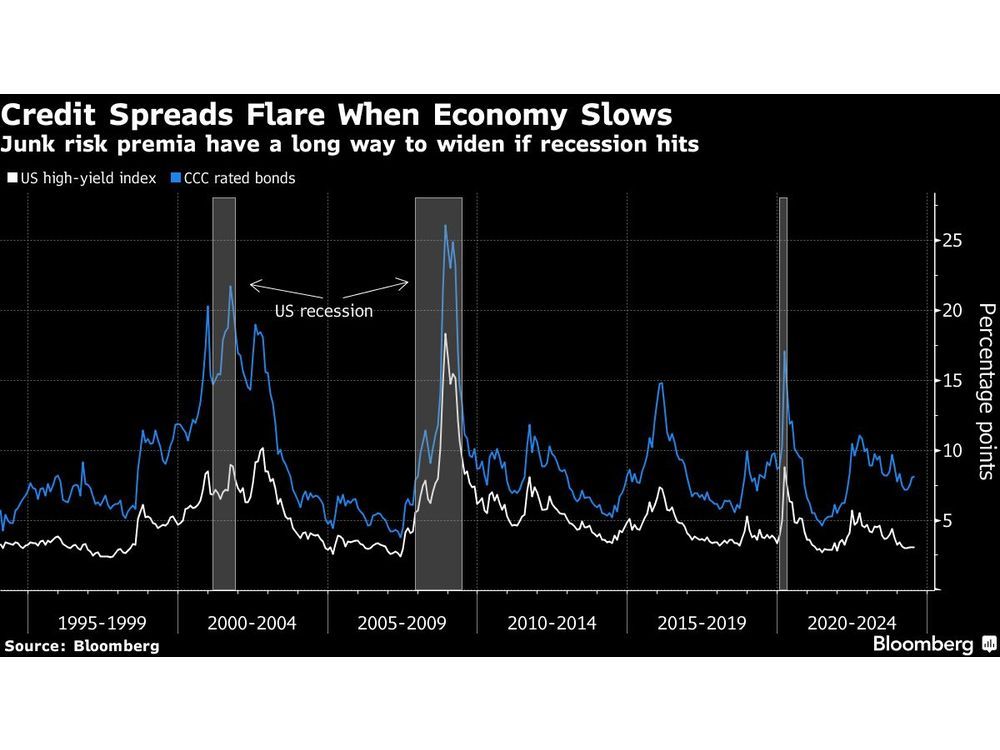Follow us on LinkedIn
At the beginning of the year, as the markets reached new highs, investors became more complacent. Early this month, Rupert Hargreaves noted:
Investors have plowed billions into stocks over the past few months while the generally positive sentiment within markets has helped pull central banks back into the shadows. Central bank decisions no longer have such an impact on equities. Of course, as the market has rallied to new highs there have been renewed calls that equities are in a bubble. Indeed, as we note further below investors have ceased to hedge. Read more
However, the last couple of weeks has witnessed an increased uneasiness beneath the surface, as shown by the SKEW index.

CBOE SKEW index as at March 10, 2017. Source: Barcharts.com
In the article entitled, The quest for low-cost hedges against a future crash, John Dizard pointed out that the SKEW index is not an accurate timing indicator. This is in agreement with our conclusion. We developed and tested a timing system based on the SKEW index. It is profitable, but the Sharpe ratio is lower compared to other systems. Our research results were published in this post.
However, he also pointed out that SKEW is a good proxy for the cost of insurance and right now it appears to be expensive:
Skew can range from close to 100 to a bit over 150. At the moment it is around 140, up from 125 in January, and at the high end of its range since the contract was introduced in 2011. That means the investors buying futures, as a group, are apparently willing to pay over the mathematical odds for protection against a market decline. Read more
Instead of buying expensive puts, investors can hedge against a market correction by investing in long-convexity funds. These funds utilize a trading approach that is called tail risk hedging:
Tail risk hedging strategies aim to protect against extreme market moves. The idea is to give up a little bit of return each year to purchase protection against a market meltdown. The focus is on identifying the key aggregate balance sheet risk factors and determining the cheapest way to protect against these risks. So tail risk hedging is a bespoke strategy.
In summary, it’s necessary for investors to hedge, especially during the times like this. However, the cost of hedging can be expensive, and many investors are not willing to pay for the costly insurance. In the next article we will go into more details about tail risk hedging. This might provide a solution for investors who are looking for a cheaper hedge.
Further questions
What's your question? Ask it in the discussion forum
Have an answer to the questions below? Post it here or in the forum
Meta rolled back January 6-era restrictions on former President Donald Trump's social media accounts ahead of the Republican National Convention.



June saw 75 filings, up from 62 in May and above the pandemic-era peak of 74 in July 2020, according to S&P Global Market Intelligence.

Credit markets are breathing a sigh of relief after inflation data showed price pressures are cooling broadly, but a weakening economy poses fresh risks to corporate debt.